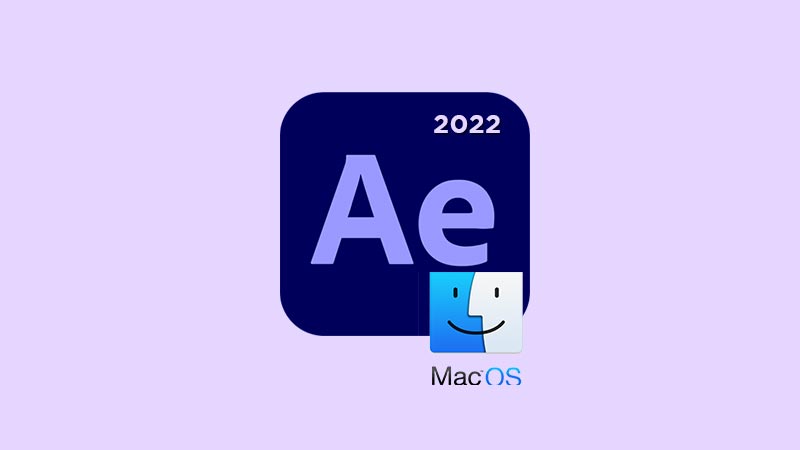

Visit Boris FX’s website for more information on ColorFuse, Sapphire 2022, and to purchase a license.ĭo you use Sapphire for your editing projects? Tell us what you like the most about Sapphire and Boris FX in the comments below.

It can be purchased as a perpetual license for $1,695 (on sale for $1,271.25) or through an annual subscription for $495 (sale $371.25) or monthly for $62 (sale $46.50). Pricingīoris FX Sapphire is available for Adobe, OFX applications, and Avid. Image credit: Boris FXĬolorists and editors working between Avid, Premiere Pro, or DaVinci Resolve can move the looks they create between applications as needed. Everything is stored in the presets within the effects. Sapphire ColorFuse allows users to easily transfer looks between host applications without the need to keep track of LUTs. Transfer looks between hosts Sapphire for Photoshop | Image credit: Boris FX S_ColorFuse also allows users to add their own. S_ColorFuse works similarly to S_ColorFuseLooks but with a custom bonus feature.

It is very simple and easy to use with built-in looks and bundled presets. S_ColorFuseLooks is available inside of Sapphire’s Effect Builder, and Sapphire for Photoshop. Sapphire Preset Browser | Image credit: Boris FX OpenColorIO (OCIO) is an open-source color pipeline with the goal of creating consistent color transforms, and consistent image display across multi-applications cinematic color pipelines.ĬolorFuse comes in 2 flavors, S_ColorFuse and S_ColorFuseLooks. Image credit: Boris FXĬolorFuses’ accurate color transforms are all produced in accordance with OCIO industry standards. Users can select colorspaces via a dropdown menu, and easily adjust the strength of up to 3 cinematic LUTs by using sliders.

Image credit: Boris FXīoris FX hopes to solve these issues by simplifying the process with ColorFuse in Sapphire 2022.ĬolorFuse puts masks, host colorspace transforms, and creative LUTs into one effect that is easy to adjust and render. This creates a stack of effects that can be wildly inconsistent, confusing, and can slow render times to a crawl. The solution to this has always been to first apply a color transform effect or node to first adjust the footage to fit with the desired LUT. But, complex workflows and mismatched color spaces can create undesirable results. Applying LUTs to log footage has become extremely commonplace for productions looking to save time in post.


 0 kommentar(er)
0 kommentar(er)
